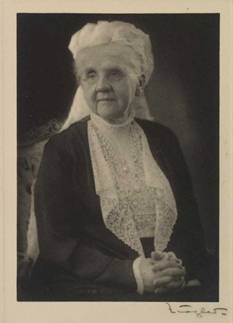Regency
On the death or abdication of a monarch, the royal prerogative is exercised temporarily by a regent if the heir presumptive is still a minor or is an unborn child, or if there is no heir in the hereditary line of succession.

The regent exercises the prerogative in the name of the constitutional head of state until the latter reaches the age of 18. A regent is appointed by Act of Parliament after the Senate and the House of Representatives have decided on the matter in joint session.
If the monarch is unable to exercise the royal prerogative or has temporarily relinquished that power, under the Constitution the heir presumptive assumes the regency provided he or she has reached the age of 18. If no provision has been made for the exercise of the royal prerogative, the Council of State assumes that power on a temporary basis until a new monarch or a regent is designated.
There have been only a few regents, all female, in the history of the Dutch Royal House. Queen Regent Emma acted as regent in 1890 when her husband King Willem III was seriously ill, and after his death she continued as regent for eight years until her daughter Queen Wilhelmina came of age. In 1947 and 1948, when Queen Wilhelmina felt unable to exercise the prerogative for health reasons, her daughter Princess Juliana acted as regent. The Council of State has assumed royal authority only once, in 1889 to 1890, when King Willem III was declared too ill to rule.